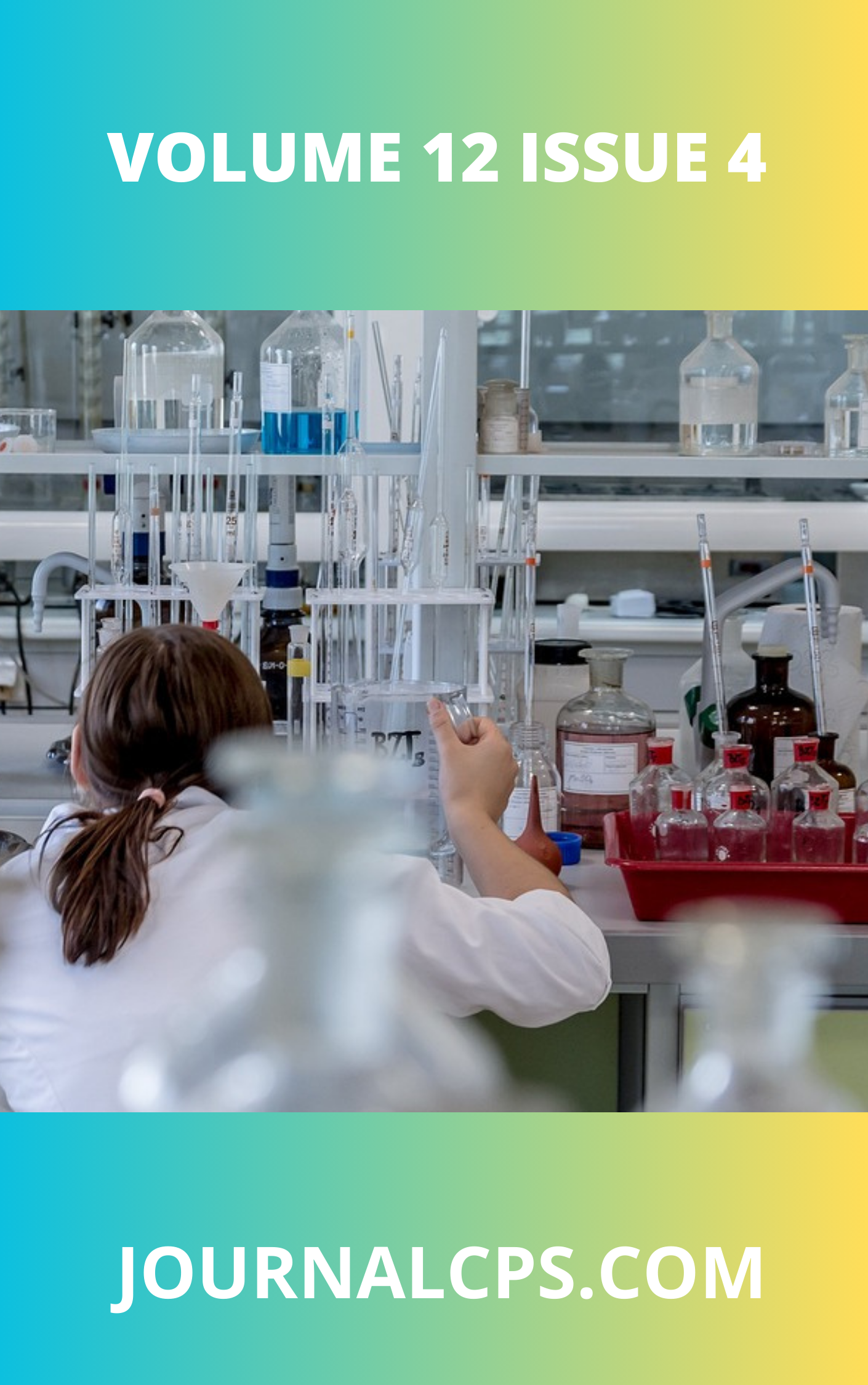Computational Modeling and validation of Indoor Radon Gas Dynamics and Accumulation Using Ansys Fluent Simulation
Keywords:
Computational modelling, Indoor Radon gas, Gas dynamic, Ansys fluent simulationAbstract
Radon is a naturally occurring radioactive gas that poses significant health risks when accumulated in indoor environments. Understanding its transport and accumulation dynamics is crucial for effective mitigation strategies. This study aims to model radon gas transport using the Navier-Stokes equation and computational fluid dynamics (CFD) simulations, validated with experimental data from residential buildings in Adamawa, Gombe, and Yobe States, Nigeria. The research investigates the effects of architectural parameters such as room height, foundation thickness, ventilation rate, and humidity on indoor radon levels. Ansys Fluent 2025 R1 was employed to develop a 3D numerical model incorporating key boundary conditions, air exchange rates, and radon entry dynamics. Experimental validation was conducted using Solid State Nuclear Track Detectors (SSNTDs) deployed over six months. Results showed that measured radon concentrations ranged from 193.31 Bq/m³ to 73.19 Bq/m³, while simulated values ranged from 187.30 Bq/m³ to 67.86 Bq/m³, with relative deviations of 3.11%, 5.20%, and 7.28% for different locations. Increasing foundation thickness from 2 cm to 10 cm reduced radon concentration from 210 Bq/m³ to 80 Bq/m³, while raising room height from 2.5 m to 4.0 m decreased radon levels from 200 Bq/m³ to 60 Bq/m³. Sensitivity analysis demonstrated that improved ventilation significantly lowered radon accumulation, whereas poor air exchange led to increased buildup. The study introduces an innovative application of CFD modeling for optimizing indoor architectural designs to mitigate radon exposure. Statistical validation using root mean square error (RMSE) and correlation coefficient (R²) confirmed a strong agreement between experimental and simulated data. The findings emphasize the importance of incorporating adequate ventilation, increased foundation thickness, and higher room ceilings in building designs to minimize radon-related health risks. It is recommended that building regulations and construction practices integrate these strategies to enhance indoor air quality and protect public health.
Downloads
Published
Issue
Section
Similar Articles
- O.V. Ikpeazu, Ifeanyi E.Otuokere, K.K.Igwe, Gas Chromatography–Mass Spectrometric Analysis of Bioactive Compounds Present in Ethanol Extract of Combretum hispidum (Laws) (Combretaceae) Root , Communication In Physical Sciences: Vol. 5 No. 3 (2020): VOLUME 5 ISSUE 3
- J.Y. Falgore, M. Sirajo, A. A. Umar, M. A. Aliyu, On Flexibility of Inverse Lomax-Lindley distribution , Communication In Physical Sciences: Vol. 7 No. 4 (2021): VOLUME 7 ISSUE 4
- Amadi Ugwulo Chinyere, Modelling Glucose-Insulin Dynamics: Insights for Diabetes Management , Communication In Physical Sciences: Vol. 11 No. 3 (2024): VOLUME 11 ISSUE 3
- Ajogwu Cordelia Odinaka, Aaron Auduson, Tope Alege, Yusuf Odunsanwo, Formation Evaluation Using Integrated Petrophysical Data Analysis of Maboro Field Niger Delta Sedimentary Basin, Nigeria , Communication In Physical Sciences: Vol. 11 No. 3 (2024): VOLUME 11 ISSUE 3
- Imaobong Ekwere Daniel, Chemical Profiling, Antioxidant and Antimicrobial Activity of Cinnamomum Tamala (Indian Bay Leaf) Extract , Communication In Physical Sciences: Vol. 12 No. 3 (2025): VOLUME 12 ISSUE 3
- Juliet E. Emudianughe, K. E. Uwuigbe, Sunday Utah, Structural Interpretation of 3D Seismic Data in Agbami Field , Communication In Physical Sciences: Vol. 7 No. 4 (2021): VOLUME 7 ISSUE 4
- Uzochukwu Anekwe, Evaluation of Radioactivity Levels in the Federal University Otuoke Laboratories, Bayelsa State, Nigeria. , Communication In Physical Sciences: Vol. 12 No. 6 (2025): Volume 12 ISSUE 6
- Musa Runde, M. H. Shagal, Y. Abba, Cow Dung and Kitchen Waste as Economical Source of Biogas: Production and Analysis , Communication In Physical Sciences: Vol. 7 No. 3 (2021): VOLUME 7 ISSUE 3
- Godwin Enin, GC-MS Profiling of Bioactive Compounds in Methanol Extracts of Spices Used in Ibibio Postpartum Healthcare , Communication In Physical Sciences: Vol. 12 No. 4 (2025): VOLUME1 2 ISSUE 4
- Gloria Chika Udeokpote, Ifeanyi Adolphus Ucheana , Assessing Environmental Risks and Pollution Challenges of Nuclear Reactor Technologies: Case Studies and Remediation Strategies , Communication In Physical Sciences: Vol. 11 No. 4 (2024): VOLUME 11 ISSUE 4
You may also start an advanced similarity search for this article.




